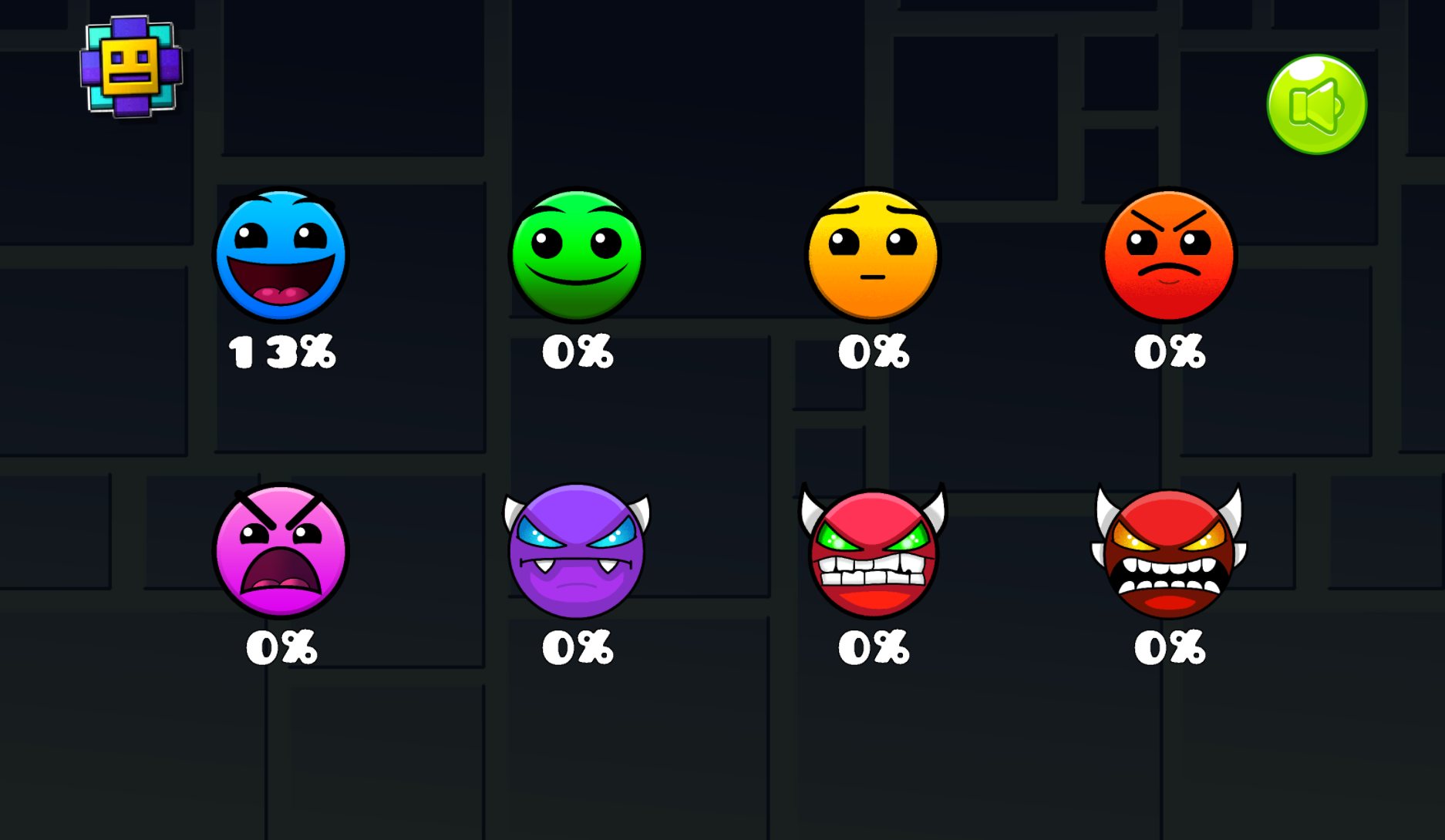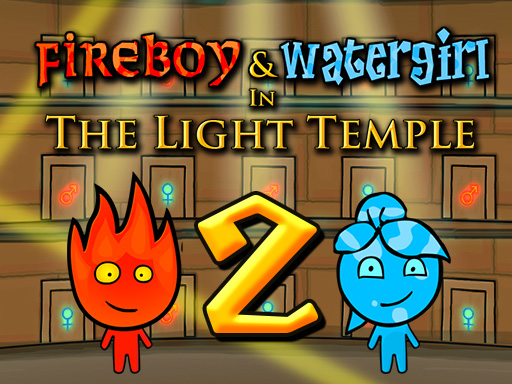Think twice, click once—then beat the trickster quiz
Keep exploring
Keep the momentum going with more arena racers, action trials, and puzzle standouts.

Hollow Knight

Geometry Dash Wave

Chiikawa Puzzle

I'm Not A Robot

Fireboy and Watergirl: Light Temple

Steal A Brainrot Unblocked

Underwheels

Hotline Miami

Take Care of Your Own Burning Spice

Cat and Granny
Beat the prankster quiz that rewires your brain
Learn to read the room, not just the question
The Impossible Quiz looks like a simple multiple-choice time-killer, but it is a full-on gauntlet built to test how well you interpret language, spot visual cues, and keep calm under pressure. Across 110 eccentric screens you will face puns, misdirection, hidden hitboxes, and explosive timers. You get three lives for the entire run and only seven skips—powerful, scarce resources that must be rationed with care. The loop is fast: fail, restart instantly, and return smarter. Every setback in The Impossible Quiz becomes new data for the next attempt.
Why the challenge is addictive
Most trivia games reward recall. The Impossible Quiz rewards flexible thinking. A prompt that seems obvious often means the opposite; an answer that reads like nonsense might be the literal, rule-breaking solution. Casual players soon notice that reading twice matters more than clicking fast. The questions are intentionally mischievous, forcing you to audit assumptions and examine the entire screen—from corner doodles to oddly placed dots—before committing.
Early on, you will meet bomb screens that detonate if a pattern isn’t solved within seconds. Here, rhythm and poise matter. Breathe, scan, and execute. The difficulty is real but never joyless; each breakthrough in The Impossible Quiz lands like a mini magic trick that makes you grin at the audacity of the design.
Foundational habits that raise your clear rate
First, read the exact wording. If a prompt says “click the smallest,” consider whether it refers to font size, the dot on an ‘i’, or a barely visible pixel. Second, hover around the interface. Buttons, letters, and symbols may conceal hotspots that bypass standard options. Third, treat the seven skips as a win-condition tool: they are required later, so hoarding them during the opening stretch of The Impossible Quiz sets you up for success.
Fourth, expect multi-step logic. One screen may alter variables that change the meaning of the next. Keep a mental ledger of what the game has “taught” you—its favorite puns, how it hides active areas, and how it subverts tutorial-style expectations. This pattern literacy turns chaos into a semi-predictable language you can read rapidly in The Impossible Quiz.
A mindset for bomb questions
When the timer appears, you need a fast plan. Practice a two-pass scan: first sweep for anything clickable that obviously relates to the instruction; second, scan edges and negative space for disguised targets. Commit to a click path and don’t second-guess every beat. The more you replay The Impossible Quiz, the more those emergency moments feel routine instead of frantic.
Resource management like a speedrunner
Because lives carry across the entire run, every mistake has compounding cost. Adopt a “perfect or reset” attitude on the earliest pages. If you lose a life to a basic gag before question 20, consider restarting immediately. Protecting a clean slate pays dividends when late-game traps stack complexity and timers. This conservative discipline is how players finally break through The Impossible Quiz after a few study sessions.
Pattern memory without spoilers
You don’t need a list of answers; you need to recognize how the designer thinks. Keep brief notes on categories: literal readings, wordplay, visual sleights, and interface tricks. During each new attempt of The Impossible Quiz, test last run’s insights. If a gag fooled you once, assume a cousin of that gag will appear later. Treat repetition as deliberate training, not padding.
How to practice efficiently
Chunk your learning. Aim to master the first 20 questions without losing a life. Then extend the clean section to 40, then 60. Each milestone shrinks variance and frees attention for late-stage bombs. Over time, your cursor path becomes muscle memory, and the once “impossible” portion of The Impossible Quiz turns into a brisk warm-up.
Reading pictures as sentences
Many prompts speak visually. Arrows, shadows, and alignment often encode the real instruction. Train yourself to ask: what is the image telling me that the text is hiding? If the layout feels off, it usually is on purpose. This habit transforms the feel of The Impossible Quiz from random guessing to intentional observation.
Managing tilt and nerves
Bombs trigger panic, and panic wastes lives. Build a tiny routine: when a new screen appears, exhale once, scan left-to-right, then top-to-bottom, then commit. Even two seconds of structured calm preserves accuracy, which dramatically increases clear odds in The Impossible Quiz.
Skips: a strategic currency
Skips are not shame—they’re strategy. Use them only on time-sinks that don’t teach transferable principles. Save at least several for the finale, where having the full set is part of the solution space. Treat every skip spent during the first half of The Impossible Quiz as an IOU you must repay with flawless play later.
Community-friendly and browser-fast
Because the game runs in a tab, restarts are instant and sharing attempts is easy. Record short clips of breakthroughs, compare notes with friends, and trade high-level heuristics instead of raw answers. This social loop makes The Impossible Quiz as fun to watch as it is to grind.
Control what you can control
Use a comfortable mouse or trackpad, maximize the window so tiny hotspots are easier to hit, and eliminate distractions. A stable environment helps you notice art-level hints that would otherwise slip by. Small ergonomics improvements add surprising consistency to your The Impossible Quiz runs.
Typical traps to anticipate
Expect homophones that twist meaning, literal interpretations of figures of speech, answer choices that relocate after a click, and screens where doing nothing is the action. You will also see sequences where previous knowledge is required to avoid a gotcha. Recognizing these families of trickery makes The Impossible Quiz feel fairer with each pass.
A beginner-friendly route
On your first day, aim to reach the midgame without using a skip. Learn the bomb timings and note any quirky cursor paths. On day two, try to preserve all three lives through the same stretch. On day three, stitch those clean segments together. With this cadence, the back half of The Impossible Quiz becomes a puzzle about endurance and focus rather than luck.
How to study without spoilers
Write micro-summaries after each session: “missed literal instruction,” “ignored tiny dot,” “forgot hover.” Reviewing these notes before a run re-primes your eye. You’re not memorizing a list—you’re internalizing the designer’s grammar. This grammar is the real boss of The Impossible Quiz.
Confidence without arrogance
When progress accelerates, don’t rush. The game loves to punish overconfidence. Keep the same careful tempo that got you there. Celebrate breakthroughs, then reset to checklist mode. This steady professionalism is how players consistently conquer The Impossible Quiz.
Turning frustration into momentum
If you hit a wall, switch goals: perfect the opening 30, or practice bomb reads for five minutes. Small wins rebuild rhythm and preserve enjoyment. The more playful your mindset, the more the humor lands, and the easier it is to outwit The Impossible Quiz.
Why it’s worth mastering
Finishing the final stretch feels like cracking a code written in jokes. You walk away sharper at parsing instructions, spotting UI tricks, and thinking laterally. That transfer is real—skill you earn in The Impossible Quiz helps in other puzzle games and even day-to-day problem solving.
Your plan from here
Open a fresh tab, set a timer for short sprints, and commit to learning three new patterns per session. Protect your lives, bank your skips, and enjoy the reveals. With patience and a curious eye, The Impossible Quiz stops being a troll and becomes a teacher that rewards careful readers.
Think twice, click once—then beat the trickster quiz is ready to play
Solve 110 troll puzzles in The Impossible Quiz. Master wording, hidden buttons, and bomb timers; conserve three lives and seven skips to claim victory in browser.
Share Think twice, click once—then beat the trickster quiz
Spread the word, invite friends, or bookmark this page to revisit the story whenever you need it.